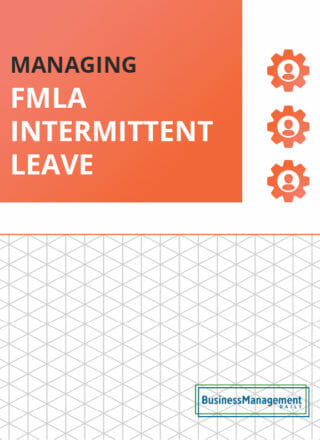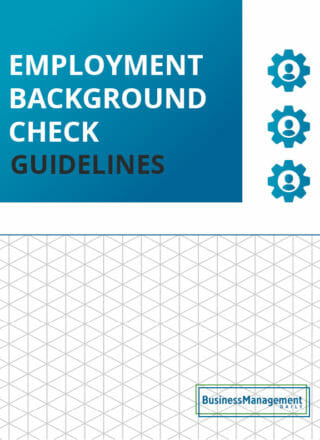You can hold supervisors to higher standards than others
You don’t have to treat supervisors the same as other employees if they break the rules.
As the following case shows, supervisors who get into physical fights with subordinates can and should be fired—even if you simply discipline co-workers who get into similar confrontations at work.
Recent case: Gerald Forrest, who is black, was a supervisor for Transit Management of Charlotte. He got into a physical altercation with one of his subordinates. The subordinate complained, and a few days later the employer gave Forrest the choice of resigning or being discharged.
Forrest sued, alleging race discrimination. He claimed that when two white co-workers got into a similar argument and physical confrontation, neither was fired. Plus, another white supervisor who got into a similar situation wasn’t fired.
The court dismissed his case, reasoning that it was quite a different matter to have a supervisor pushing a subordinate around than two co-workers doing the same thing. Plus, the white supervisor who wasn’t fired worked for a different supervisor, and company rules gave discretion to managers. Those who work for different supervisors aren’t a fair comparison, the court reasoned, and cannot be used to prove that the employee who was fired was let go because of prejudice or race discrimination. (Forrest v. Transit Management of Charlotte, et al., No. 06-2245, 4th Cir., 2007)
Final note: To prove race discrimination in discipline, employees have to show that someone outside their protected class (i.e., not the same race, sex or other protected characteristic) was treated more favorably than the employee bringing the lawsuit. But the comparison must be very close—the employees must have committed virtually the same offense and also must report to the same supervisor. Otherwise, it’s an apples-and-oranges comparison.





